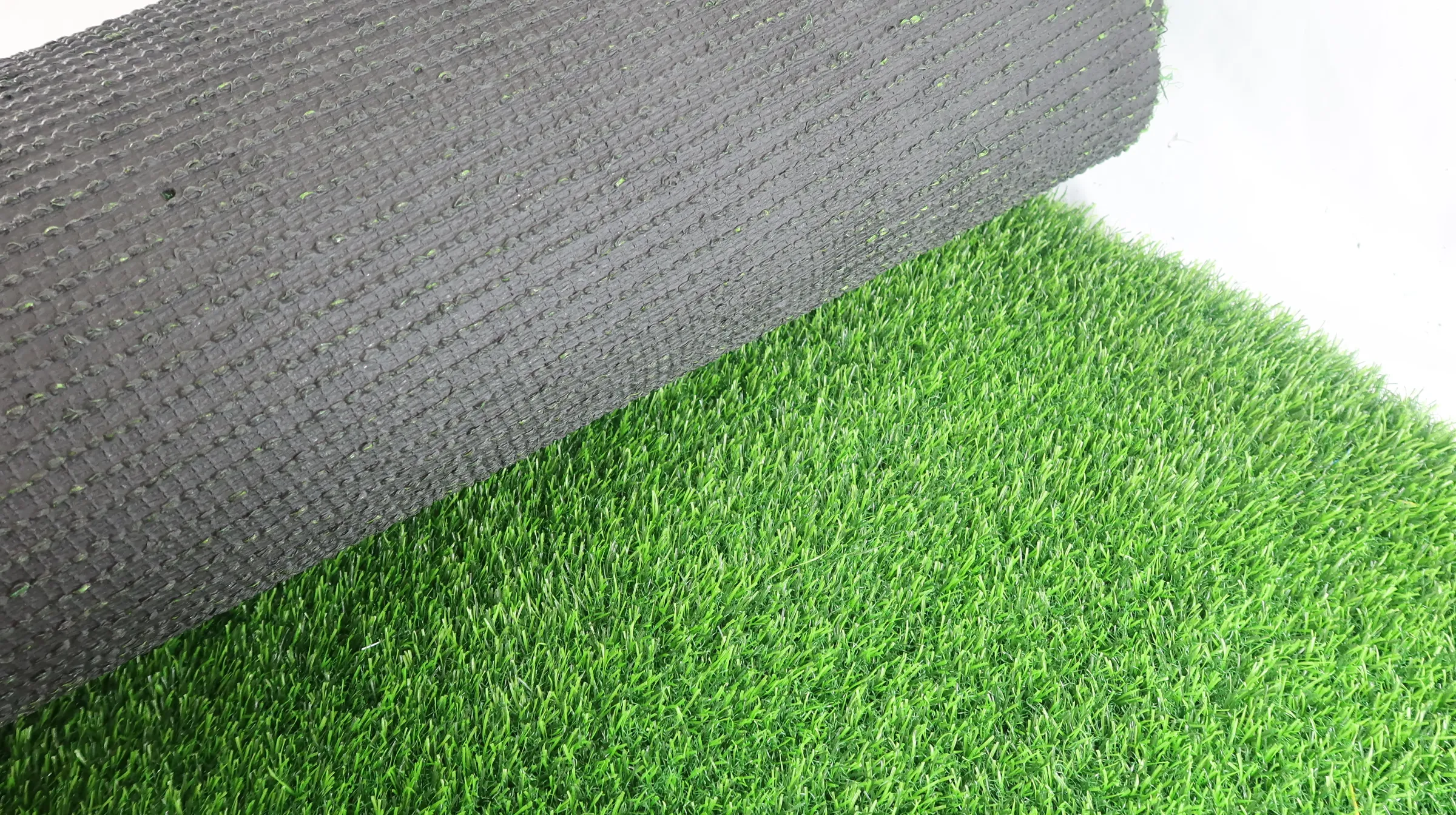
- Afrikaans
- Arabic
- Belarusian
- Bengali
- Czech
- Danish
- Dutch
- English
- Esperanto
- Estonian
- Finnish
- French
- German
- Greek
- Hindi
- Hungarian
- Icelandic
- Indonesian
- irish
- Italian
- Japanese
- kazakh
- Rwandese
- Korean
- Kyrgyz
- Lao
- Latin
- Latvian
- Malay
- Mongolian
- Myanmar
- Norwegian
- Persian
- Polish
- Portuguese
- Romanian
- Russian
- Serbian
- Spanish
- Swedish
- Tagalog
- Tajik
- Thai
- Turkish
- Turkmen
- Ukrainian
- Urdu
- Uighur
- Uzbek
- Vietnamese
Benefits and Challenges of Synthetic Football Field Installation and Maintenance
Dec . 01, 2024 13:48 Back to list
The Rise of Synthetic Football Fields A Game Changer in Sports
In recent years, the world of sports has witnessed a significant transformation with the advent of synthetic football fields. Once relegated to a niche market, these artificial pitches are now becoming the standard in many venues, thanks to their numerous benefits over traditional grass fields. From professional leagues to local community parks, synthetic football fields are fundamentally changing how the game is played and enjoyed.
Advantages of Synthetic Fields
One of the most compelling advantages of synthetic football fields is their durability. Unlike natural grass, which requires constant maintenance, synthetic fields can withstand heavy use without degrading. Football games, practice sessions, and even other sporting events can be held back-to-back on these fields without the concern of wear and tear. This resilience ensures that players have a consistent playing surface regardless of weather conditions, enhancing the safety and quality of the gameplay.
Moreover, synthetic football fields offer improved drainage. Heavy rainfall can turn natural grass fields into muddy swamps that are unsuitable for play, often resulting in canceled games and frustrating delays. In contrast, synthetic turf is designed to drain water efficiently, allowing matches to continue even during inclement weather. This capability is particularly beneficial in regions prone to heavy rainfall, ensuring that the playing schedules remain largely uninterrupted.
Enhanced Performance
The surface of synthetic football fields is engineered to provide superior traction and stability, helping players to perform at their best. The consistent surface allows for improved ball control, which can lead to better gameplay and a reduced risk of injury. The shock-absorbing properties of synthetic turf also help diminish the impact on players’ joints, which is particularly beneficial for those who play frequently or at a high level.
Coaches and players have noted a marked improvement in the pace and style of play on synthetic fields. With the ability to practice and play year-round without the interruptions caused by weather and maintenance, teams can refine their tactics and skills more effectively. The result is a higher level of performance that enhances the overall quality of the game.
synthetic football fields

Economic Considerations
From an economic perspective, investing in synthetic football fields can be a cost-effective solution in the long run. Although the initial installation costs are higher than those of natural grass, the reduced maintenance expenses—such as mowing, watering, and fertilizing—can lead to significant savings. Additionally, the versatility of synthetic fields allows them to host a variety of events, from tournaments to community gatherings, generating revenue for facilities.
Furthermore, synthetic fields contribute to environmental sustainability. With reduced water usage and the elimination of chemical fertilizers and pesticides, communities can adopt a more eco-friendly approach to sports infrastructure. This aspect is particularly appealing to municipalities looking to promote green initiatives while providing top-notch recreational facilities for their residents.
Challenges and Considerations
While synthetic football fields provide numerous benefits, they are not without challenges. The initial investment can be daunting for some communities, and there are ongoing debates about the environmental impact of the materials used in manufacturing synthetic turf. Additionally, concerns about player safety, particularly regarding heat retention on hot days, and the potential for injuries arising from harder surfaces are topics of ongoing research and discussion.
Conclusion
As we progress further into the 21st century, synthetic football fields are set to play an increasingly pivotal role in the world of sports. Their durability, enhanced performance capabilities, economic advantages, and contribution to environmental sustainability position them as a superior alternative to traditional grass fields. As more organizations recognize the potential of synthetic turf, we can expect to see an uptick in their implementation across various levels of play. For players, coaches, and fans alike, synthetic football fields represent a future that promises continuity, safety, and an elevated football experience.
-
The Benefits of Artificial Turf for Indoors
NewsJul.15,2025
-
How Artificial Grass Suppliers Ensure Quality Products
NewsJul.15,2025
-
Artificial Grass and Pets: A Space for Relaxation
NewsJul.08,2025
-
Balcony & Outdoor Decoration with Artificial Grass
NewsJul.08,2025
-
Best Indoor Artificial Grass for Home
NewsJul.07,2025
-
Best Pet Turf for Dogs: Safe & Durable Artificial Grass Options
NewsJul.07,2025
Products categories









